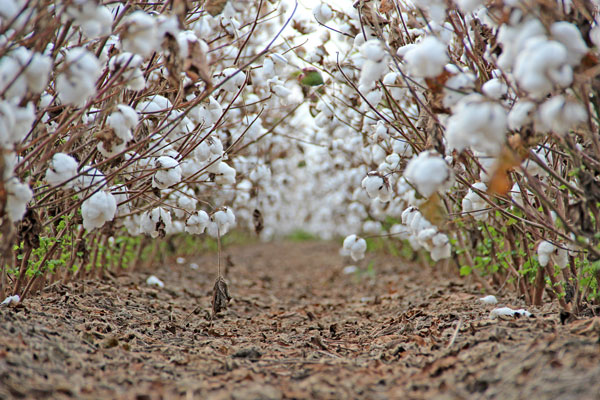May 1, 2014

Forecasting cotton prices is sort of like driving to Houston. I had to drive to Houston yesterday morning, and fortunately the trip went relatively smoothly. I arrived at my appointment ten minutes early, despite the typical morning traffic. There were no real surprises or problems.
The roadmap of the cotton market has some clear milestones. We have already passed a couple of them, e.g., the planting intentions surveys by the National Cotton Council and by USDA. May marks the first of the fifteen monthly forecasts by USDA of production, consumption, exports, and ending stocks for the 2014 cotton crop.
For more information on cotton marketing and other timely issues, please check out Southwest Farm Press Daily and receive the latest news right to your inbox.
The forecasts of these supply and demand variables represent our roadmap of the 2014 cotton market. Fundamentally, if the forecasted ending stocks are greater than those for the 2013 crop, then we would expect lower prices relative to last year. (The futures market has already been forecasting lower prices with a ten to fifteen cent spread of old crop over new crop prices.) Right now I am expecting forecasted ending stocks for the 2014 U.S. crop to be roughly double those for the 2013 crop. That makes me think that new crop cotton futures will range from the low/mid 70s to mid-80s.
However, just like any road trip, there are uncertainties along the way. Both I and USDA will adjust our monthly forecasts with new information as it comes in. The remaining milestones include the June 30 Planted Acreage report and USDA’s cotton production estimates in August and September. The latter are based on field sampling of squares and bolls and will set the benchmark for market expectations about abandonment, yield per harvested acre, and new crop production.
These benchmark reports are the most predictable influences on the cotton market, just like a road map. The new crop production information will be anticipated and (if it is a surprise) perhaps reacted to with either rallies or sell-offs. Readers should note that in years like this one where the expected ending stocks are greater than those for the previous crop, the seasonal pattern of price weakness usually kicks in after the August/September reporting period. At any rate, your plan for entering, exiting, or managing futures and options positions should also anticipate these milestones.
Sometimes road trips can still have unexpected delays from traffic or flat tires or engine trouble. The big variables for the 2014 cotton market include 1) Chinese import demand, 2) the South Plains drought conditions, and 3) the incidence and timing of El Niño conditions on rains in the U.S. and drought in India/Australia. These uncertainties are obviously somewhat intertwined. The strongest price scenario would result from no Chinese policy surprises and a U.S. crop below 16 million bales. The most bearish price outcome would be from a U.S. crop over 16 million bales and U.S. exports below 10 million.
About the Author(s)
You May Also Like




